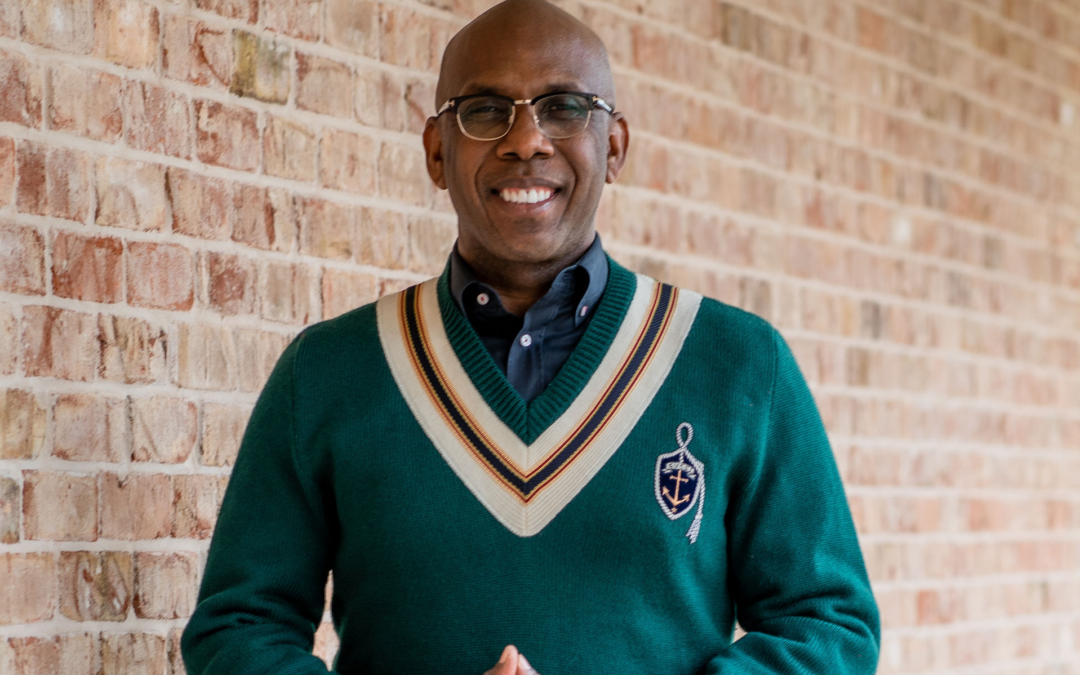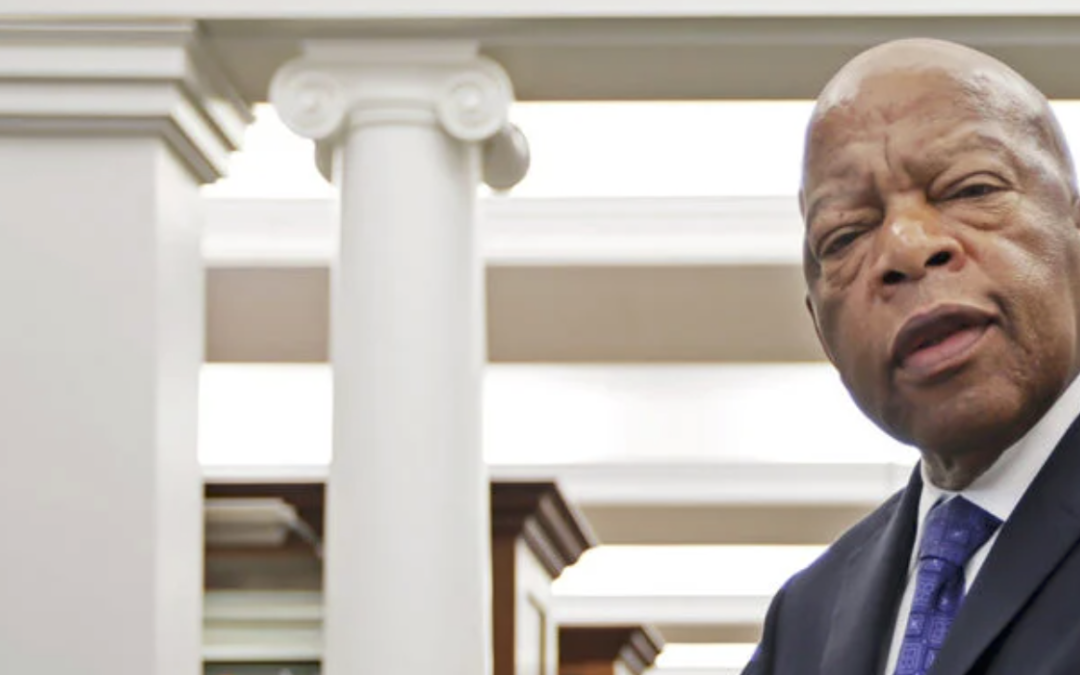
8 Ways to Make Virtual Church Engaging
With some safety measures in place, 70% of churches are holding in-person services, eschewing virtual services until the pandemic is under control. Unfortunately, there are more than a few churches that are having in-person services without personal protections in place, avoiding masks and social distancing altogether. But if churches do adhere to the CDC Considerations for Communities of Faith, there’s a lot of cleaning, disinfecting, ventilating, social distancing, mask-wearing, messaging, refraining from singing, temperature-taking, monitoring, and educating that needs to happen. With that in mind, even with best CDC practices in place, is it really safe?
Bishop Joseph W. Walker, III, Senior Leader of Mt. Zion Baptist Church in Nashville, doesn’t think so. His 33,000+ member congregation will stay virtual until there is a vaccine. He is asking that other faith leaders do the same. And for those who don’t believe virtual church is a viable long-term solution, he offers eight ways to make virtual church engaging.
1) Don’t Be Tied to a Building.
Our expressions of worship and what we do as a church can happen even without the building. My understanding of 2000 years of church history proves that the church was meant to be without walls. Our work really happens outside the four walls. To reinforce this idea that there’s a necessity of needing a building to validate our experience as Christians is preposterous to me. I think that we have to reimagine what our role responsibilities are in the community. You can do that without being in a building.
2) Creatively Find Community in a Virtual Space
In a crisis, folks either crack or they create. The beauty of being a Christian for me and understanding God’s creative power is that God created something out of nothing. This is an opportunity for us to think through ways to have community in the virtual space.
In our ministry, we are doing some things like virtual connects, where social distancing doesn’t have to mean social isolation. Community is still strong in those spaces — very, very strong. That hour in traffic to come to sit at an administrative meeting at six o’clock in the evening before we go home? Now we can actually go home, have dinner with our kids, do a Zoom, and already be home when it’s done. It’s the same thing. You have to look at these things differently now and think about a post-quarantine post-COVID reality in terms of what the church looks like.
3) Look for the Low Hanging Fruit
Connect with folks who are doing virtual church well and find out the best practices. We’ve made ourselves available as a resource for thousands of churches around the country.
Facebook is free. Zoom is free. Esther Stories are free. There’s a variety of different platforms that folks can get on and create these kinds of opportunities. The other day, I had a call to all the single folks in my church who were home by themselves. I wanted to encourage them and give them some strategies on how to navigate that space being by themselves. We had 300. It’s the capacity for Zoom, and it sold out. It was free, but it was maxed out in 24 hours.
4) Change it Up
I change it up. For instance, our Mt. Zion Nashville app is free and you can access video on demand. There’s all the Bible studies I’ve done all year going back as far back as you should want. Also, the notes for the Bible studies are there as well. So anytime you want to watch, it’s like Netflix. You can go in there and join it.
There are times at which I may deal with the book of Isaiah. But then, for instance, now, we have a series called Life Plan, helping people think through purpose and strategies for your next vision assignment. So, it just fluctuates between biblical literacy and practical life application. I think people need a compass to navigate the space in terms of thinking about what their next career path is going to be. What does God’s Word say about faith and stepping out in those spaces? And so that’s what I’m hearing and moving into.
5) Be Forward-Thinking
We’ve done a lot of training on the front end. We were very blessed with the fact that Mt. Zion Church was seven years ahead of a lot of African American congregations in technology. A lot of my colleagues around the country will tell you that because they were the ones who were reaching out to me saying, “Man, how’d you do that?” We established Mt. Zion Anywhere, as a virtual space because we saw this trend coming. And many churches began to see that in the physical building, people were not packing them in like they used to. But yet when you got home and realized the level of engagement in terms of giving was going up or still consistent, you realize that there’s a shift. People find it easier — rather than just come to Bible study at seven o’clock at night, I’ll just go home, get my kids fed, get in the bed, and watch Bible study. I’m already home. The convenience, right? So, you’re really selling time if you will.
6) Lead and Be Innovative
Anytime you walk into a new space like that, there is always some small pushback. Not pushback so much from Mt. Zion Church as much as from other folks in the community. We were trying to figure it out. You got one leader who actually said, “I’m not going to stream, man, because people are not going to come to church. They are going to have an option.”
Let’s be very clear if you really think about it. In-branch banking — six, seven years ago, the banks were clear. Nobody’s coming into the branch anymore. We need to make sure we do everything right here. You can check everything on your phone. The educational system, same thing, right? You guys can go and pay tuition from your phone. See where I’m going? The church needs to lead this and be innovative enough. When you build your church on a revival-less model through your charisma, then right now, you’re struggling because there’s nobody to preach to. Nobody to say, “Man.” When you build your church on infrastructure, strategy, and technology, it sustains you in seasons like this because it becomes a normal way of existing.
Our choir has done a variety of Zoom choirs with the soloist in the middle. We’ve had guest artists to sing their particular songs with our choir surrounding them. We’ve had different camera shots of people singing from home. We’ve had our folks who dance in ministry do their dances in homes. When you see it in real-time, it’s an amazing thing. So yeah, again, it goes to just being innovative and say, “This is possible. You really can do this.” It’s just how far do you want to take it?
7) Be Present in the Community and the Giving Will Come
I think the fundamental response to giving is tied to a ministry that is doing the work. When people see you engage in the community, see you feeding 10,000 families in the city, see you constantly meeting these folks, they give. They believe in the work you’ve done. And we’ve onboarded new folks in our church who are giving, and people are joining. I’m doing new member fellowships every month. People are joining our church from everywhere now. They are giving. They’re engaged because they believe in the mission. And I think that those who are active givers are going to continue to give. Those who are looking for an excuse not to give, that’s just the way it goes.
8) Stay Connected
We do the virtual connects. Every Wednesday at 12:30 p.m. and every Thursday at 9:30 p.m., members have a chance to talk to their pastor like I’m talking to you. Ask questions. They come on. We have virtual villages — singles, married, men and women. Those are great communities where people are engaging and sharing stories, encouraging. Every Saturday night at 10 o’clock, our youth have a place to go and hang out with each other. So we’ve developed all these different communities in the virtual space that make the church still feel connected. Do we miss being with each other? Of course. Can’t wait to get back? Can’t wait. But at this point, we’re just making the best of this situation and keeping people safe.



